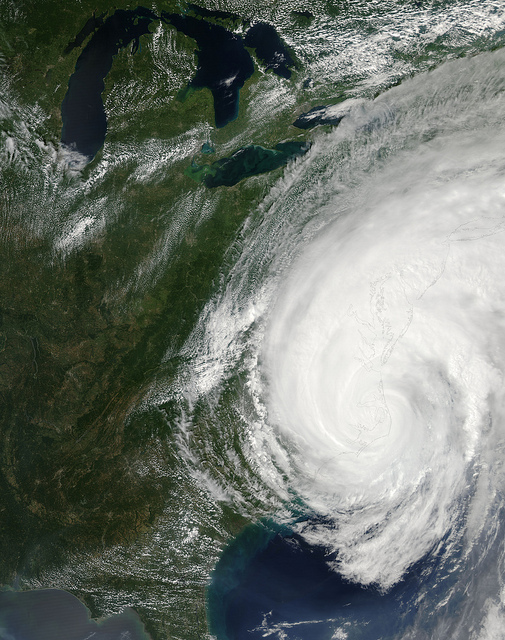Fitch Ratings new special report, ‘Hurricane Season 2015: A Desk Reference for Insurance Investors’, provides analysis on potential effects of a major storm season on large insurance companies and the industry as a whole. The report also compares forecasts for the 2015 hurricane season from several market experts, including National Oceanic and Atmospheric Administration (NOAA), Colorado State University (CSU) and Tropical Storm Research (TSR).
Expert forecasts are leaning toward a less severe North Atlantic hurricane season in 2015. If projections hold true, the State of Florida could reach 10 consecutive years without a Hurricane landfall. The last named storm to make landfall in Florida was Hurricane Wilma on Oct. 24, 2005.
The time span since the last hurricane landfall in Florida has nearly doubled the previous record of hurricane-free years for the state. As Florida’s population and the value of insured property has grown substantially since the last hurricane landfall, Florida’s State government, residents and property insurers companies must remain wary of the devastation that a severe storm would generate.
Early forecasts for the 2015 U.S. hurricane season predict that the North Atlantic Basin will likely produce below-average hurricane frequency relative to long-term results, as a number of environmental forces that serve to inhibit the development of tropical storm activity portend a third consecutive year with below long-term average activity.
Fitch estimates that given the current substantial level of industry capitalization, it would likely take a record individual storm loss or a series of significant losses equal to 15% or more of industry aggregate surplus for consideration of a property/casualty sector outlook movement to negative tied to catastrophe experience.
State-sponsored insurers continue to turn to the capital markets for alternative methods of transferring catastrophe risks. The continued low interest rate environment, along with the desire of state-sponsored insurers to utilize alternatives to the traditional insurance risk transfer market, has generated significant growth in 2015 as repeat sponsors and new entrants have issued $1.4 billion of notes in the first half of the year with named storms as a trigger peril. The growth in 2015 was led by the Texas Windstorm Insurance Association (TWIA), which issued two tranches of notes totaling $700 million, making it the largest issuance in the market so far this year.

